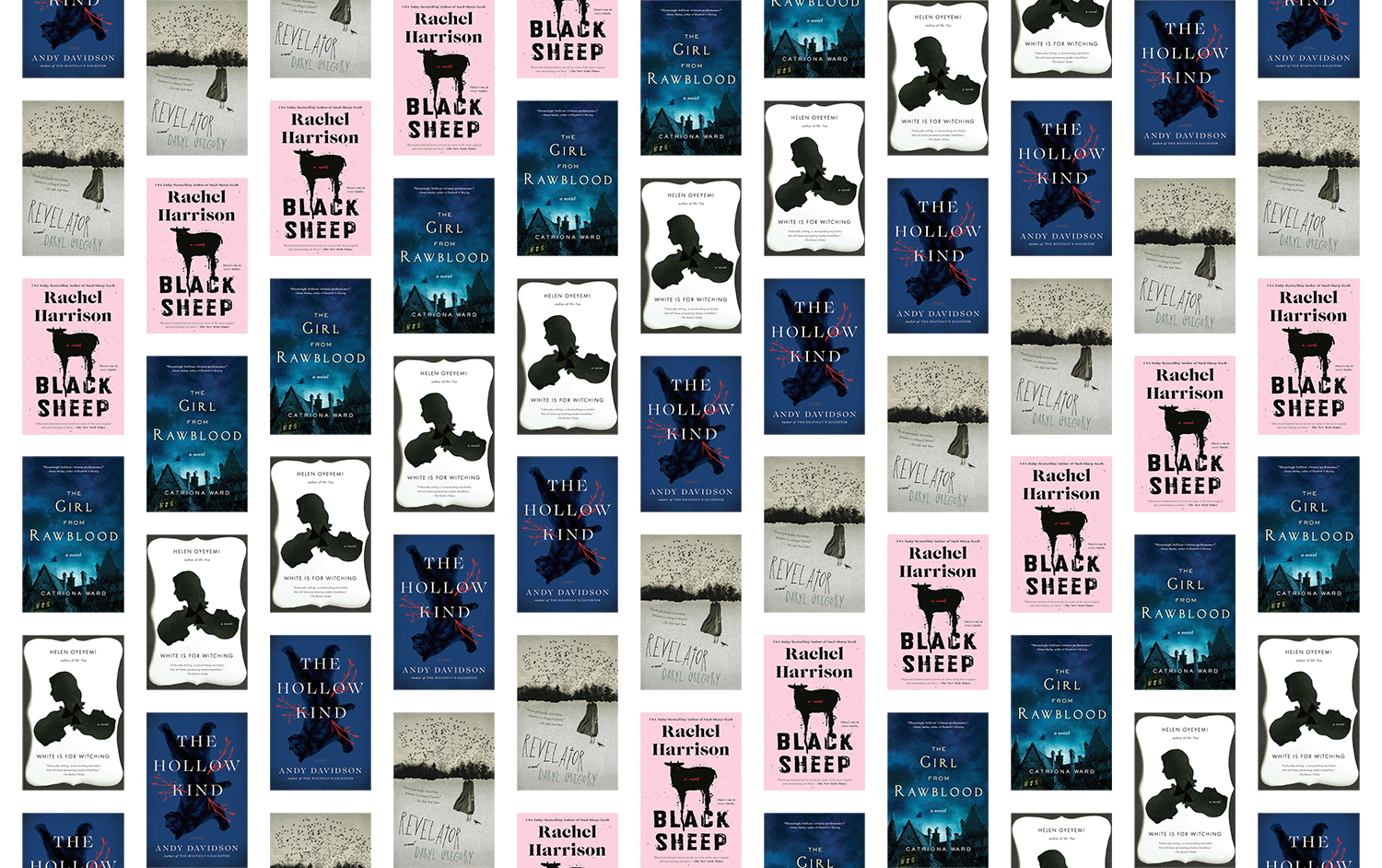We all inherit things from our families of origin—hair color, earlobe shape, self-destructive tendencies. While science is still deciding how to balance the blame between heredity and environment (and how to account for epigenetics, which threatens to dissolve the boundary between them), Gothic horror novels have always excelled at exploring the complex entanglement of the two. Whether in the form of a family curse, a haunted piece of real estate, or a monstrous ailment, the Gothic derives much of its scare-factor from people passing their problems on to the next generation and develops many of its plots from the efforts of that next generation to break old cycles.
When I set out to write my own Gothic horror novel, I took for granted that the five adult siblings at the center had inherited something horrific from their predecessors; the only questions were what they would inherit and what they would do about it. Luckily, I had a rich tradition of possibilities to draw from.
Below, five books featuring frightening family inheritances—some of them escapable, others as inevitable as fate.
Revelator by Daryl Gregory
Revelator centers on the Birch family, who live in the Smoky Mountains of Tennessee and have worshipped a cave-dwelling deity named Ghostdaddy since the Civil War era. Certain Birch women, marked by the patches on their skin, inherit the ability to “revelate,” or receive the god’s communications. While only women have the power to receive the god’s messages, though, only Birch men wield the authority to interpret them. Revelator picks up in the 1920s when young would-be revelator Stella Wallace refuses to play her part and runs away from home, returning a decade later for a funeral to find a ten-year-old being trained as her replacement. Portraying Stella’s struggle between family obligation and her growing awareness of the oppression embedded in her family’s faith, Gregory strikes a balance between grounded family drama and eldritch horror, blending the weird and the Southern Gothic in a perfectly spooky hybrid.
Black Sheep by Rachel Harrison
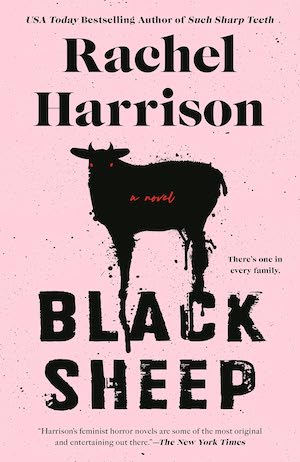
Like Revelator, Black Sheep follows a young woman with a key role to play in her family’s secret religion (to describe that religion would be an unforgivable spoiler, but let’s just say that it brilliantly evokes both American fundamentalism and B-movie cult horror). Harrison’s protagonist, though, inherits her unwanted powers and obligations from her father, a solid contender for the highly competitive title of worst dad in horror. Having grown up in an insular religious community with a distant and selfish mother, Vesper Wright left to live a lonely but self-sufficient life in New York; summoned home by an unexpected wedding invitation, she is surprised to encounter her long-lost father, now back in town and suddenly interested in a relationship with his daughter. But there are conditions to his love—apocalyptic ones. A wickedly funny and dead-serious look at religious and generational trauma.
The Girl from Rawblood by Catriona Ward
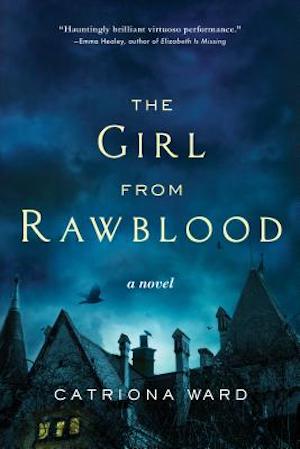
The Villarcas are said to be cursed with a congenital disease that kills any member of the family incautious enough to mingle with the outside world. The truth is somewhat stranger, as young Iris Villarca learns when she crosses the boundaries of her family’s crumbling country estate to pursue a romance with her neighbor. The curse of “her” works like a hereditary haunting for the family, tailing the Villarcas and those closest to them through the nineteenth century and into the twentieth. Ward tells their story through a tapestry of first-person narratives that interweave Iris’s present efforts to break the curse with the stories of her forebearers – a perfectly Gothic storytelling choice that gives Rawblood the feel of a classic, with a quintessentially Gothic story of inherited misfortune to match.
The Hollow Kind by Andy Davidson

The cursed inheritance in Davidson’s rich Southern Gothic is not a mere haunted house but a whole haunted farm, a thousand-acre turpentine plantation in Empire, Georgia. When Nellie Gardener inherits the farm from her grandfather, she sees an opportunity to flee her abusive marriage and start over with her young son. But problems soon arise: her son is ill-at-ease in their new home, distant relatives come out of the woodwork to fight for legal ownership, and sinister apparitions begin to appear from the trunks of trees and the carcasses of animals. Davidson uses dual timelines to get into the history of tragedy and moral rot that led to Redfern Farm’s haunting, moving between two compelling family dramas that both gripped me from start to finish.
White is for Witching by Helen Oyeyemi
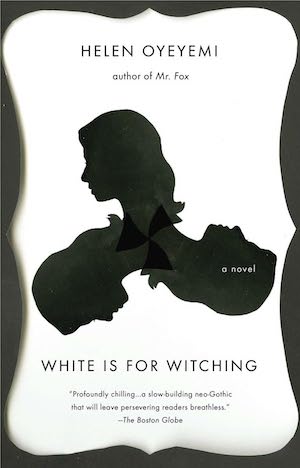
I can never resist a Gothic novel where a family is haunted by their own ancestral home as repayment for the wrongdoings of their ancestors, and Oyeyemi delivers a mind-bending post-modern master class version of this novel with White is for Witching. The Silver house is a vicious and opinionated presence that has tormented three generations of Silver women; after Lily Silver dies far away from home, it turns its attentions to her troubled, fragile daughter Miranda, who provokes the house’s jealous love—and deeply ingrained racism—when she returns from university with her Nigerian-British girlfriend. Oyeyemi uses non-linear narrative order and rotating perspectives (including, memorably, that of the Silver house itself) to capture the legacy of dysfunctional love that haunts the Silver family and endangers those around them.
Buy the Book
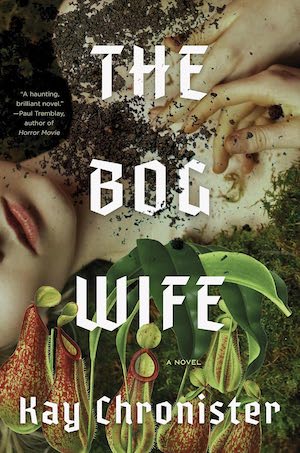

The Bog Wife
